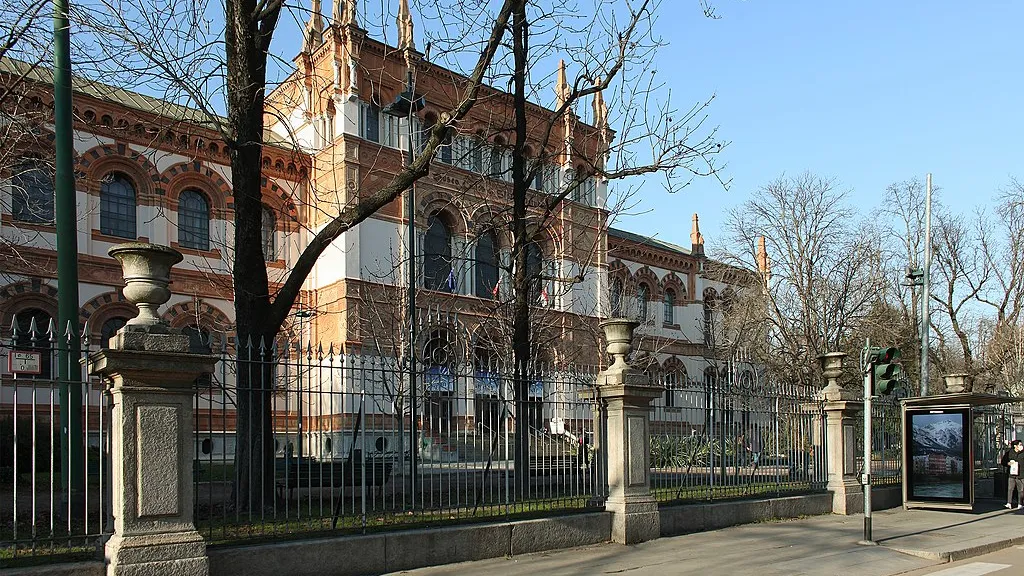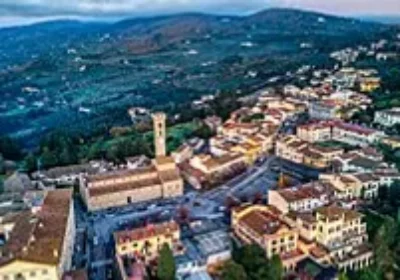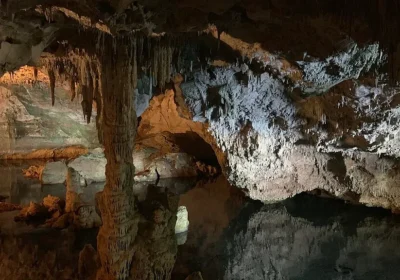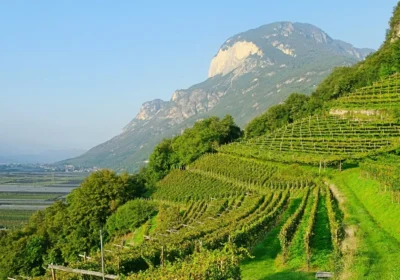The Natural History Museum in Milan is the oldest public museum in the city.
It first opened its doors in 1844 and has changed its location several times since then due to its ever-growing collection.
The museum is now the first in Italy and one of the most important in Europe.
The museum also plays a major role in research.
The section on animal life is undoubtedly the most interesting to visitors.
Numerous dioramas reproduce in the smallest detail the most diverse corners of our planet, with the lives of their inhabitants seemingly frozen before our eyes.
A giant skeleton of a whale (19.3m) is suspended from the ceiling of one of the halls, and a slightly smaller skeleton of a sperm whale (12m), which can also be seen in the halls of the museum.
The mineralogy section displays the most interesting minerals of the 30,000 collected in the museum’s collection: the world’s largest sulphur crystal, a Brazilian topaz weighing 40kg, and much more.
In the palaeontology section, among other things, it will be interesting to see the skeletons of pygmy elephants that lived in Sicily. An entire room is dedicated to dinosaurs.
The most colourful members of this extinct family are reproduced, to the delight of the children. Among them is the terrifyingly predatory Tyrannosaurus Rex!
The exhibition is complemented by rooms devoted to entomology (the science of insects), human evolution and human interaction with the environment.
The museum has a bookshop where you can buy various souvenirs and a cafeteria bar.
The Natural History Museum is located in the City Garden. It also has a children’s playground, amusement rides, a summer café and a planetarium, making it a family-friendly place to visit in Milan.

















